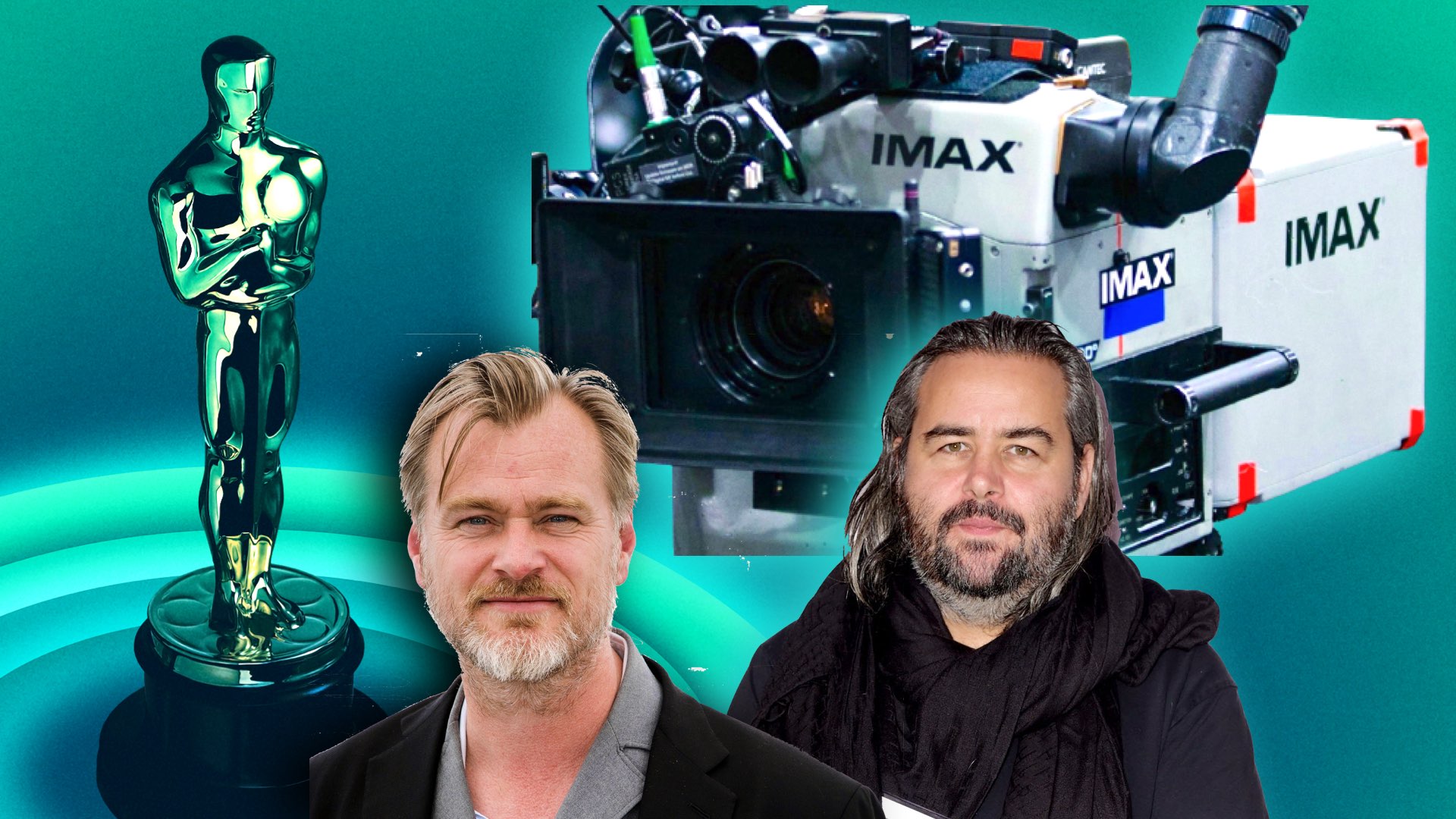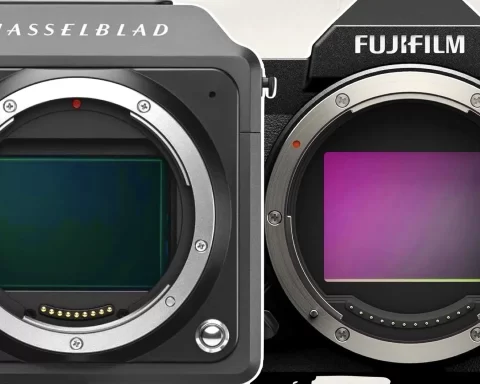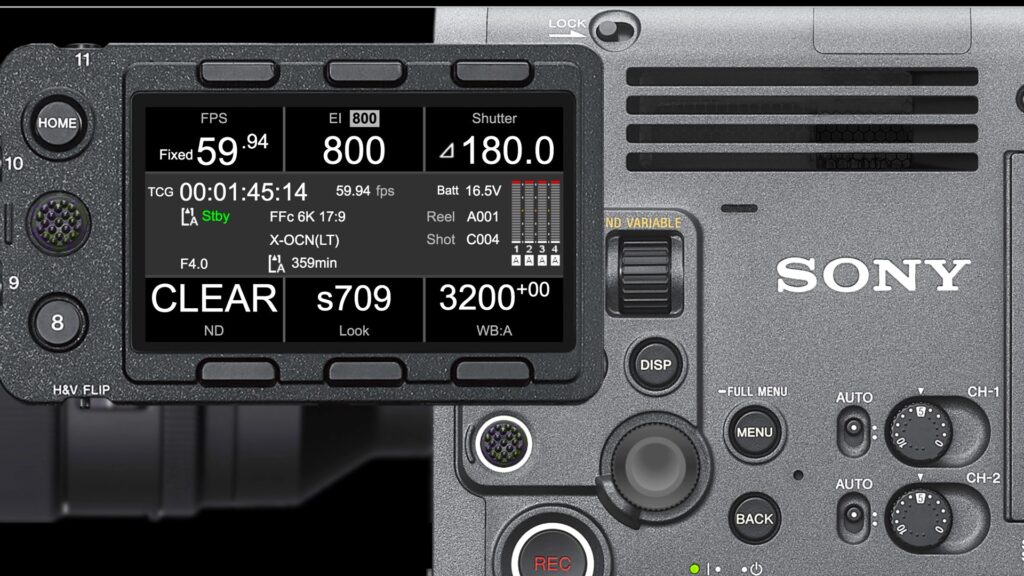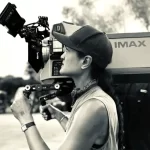The cameras that shot the 96th Academy Awards’ Best Picture and Cinematography nominees, include for the first time (in the digital era), an IMAX film camera. Will the “Film in IMAX” movie take the Oscars 2024?
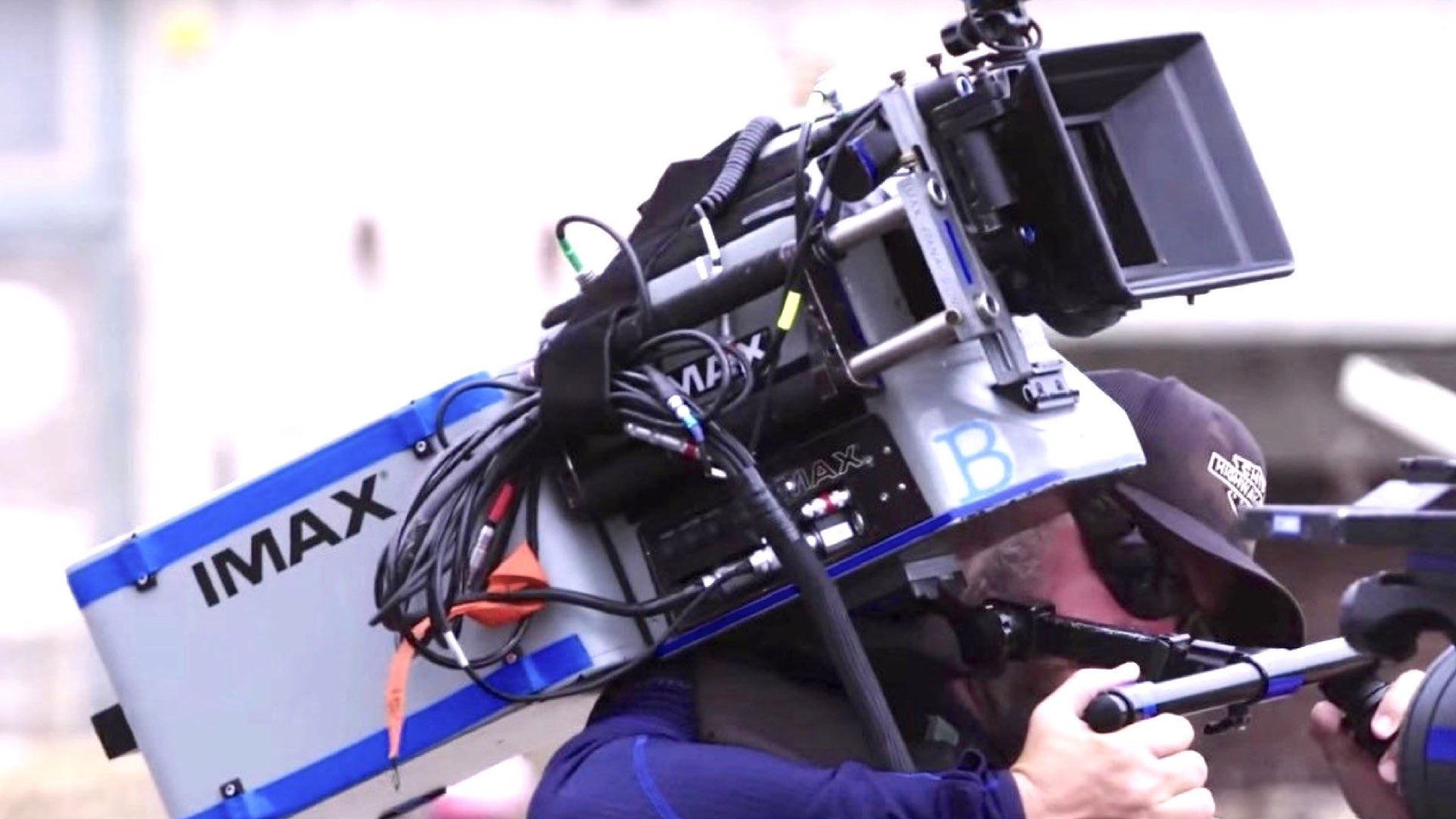
“Film in IMAX” and the Oscars
This year’s nominees in the Best Picture and Cinematography categories contain a movie shot on IMAX film cameras. That would be the acclaimed Christopher Nolan’s Oppenheimer, obviously. As we have been covering the cameras behind the Oscars for more than 5 years, this is the first time, in the digital era, that a movie shot on IMAX film cameras is being nominated for those categories, and with a chance to win an Oscar. Explore below the camera charts we have made since 2020. Notice that the most dominant cameras are ARRI Mini (S35 and LF). However, this is the first time the MSM 9802 is on that list.
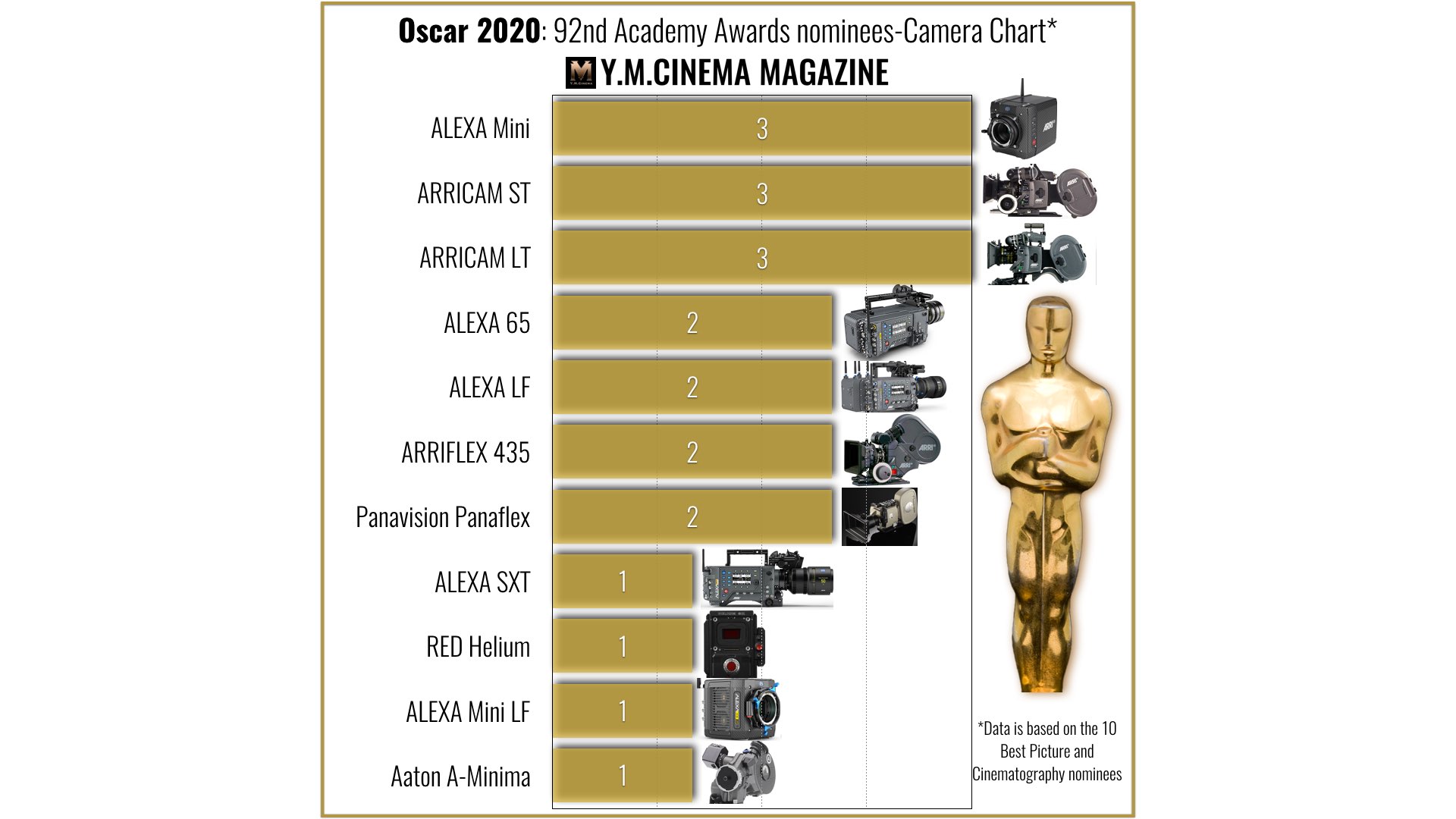
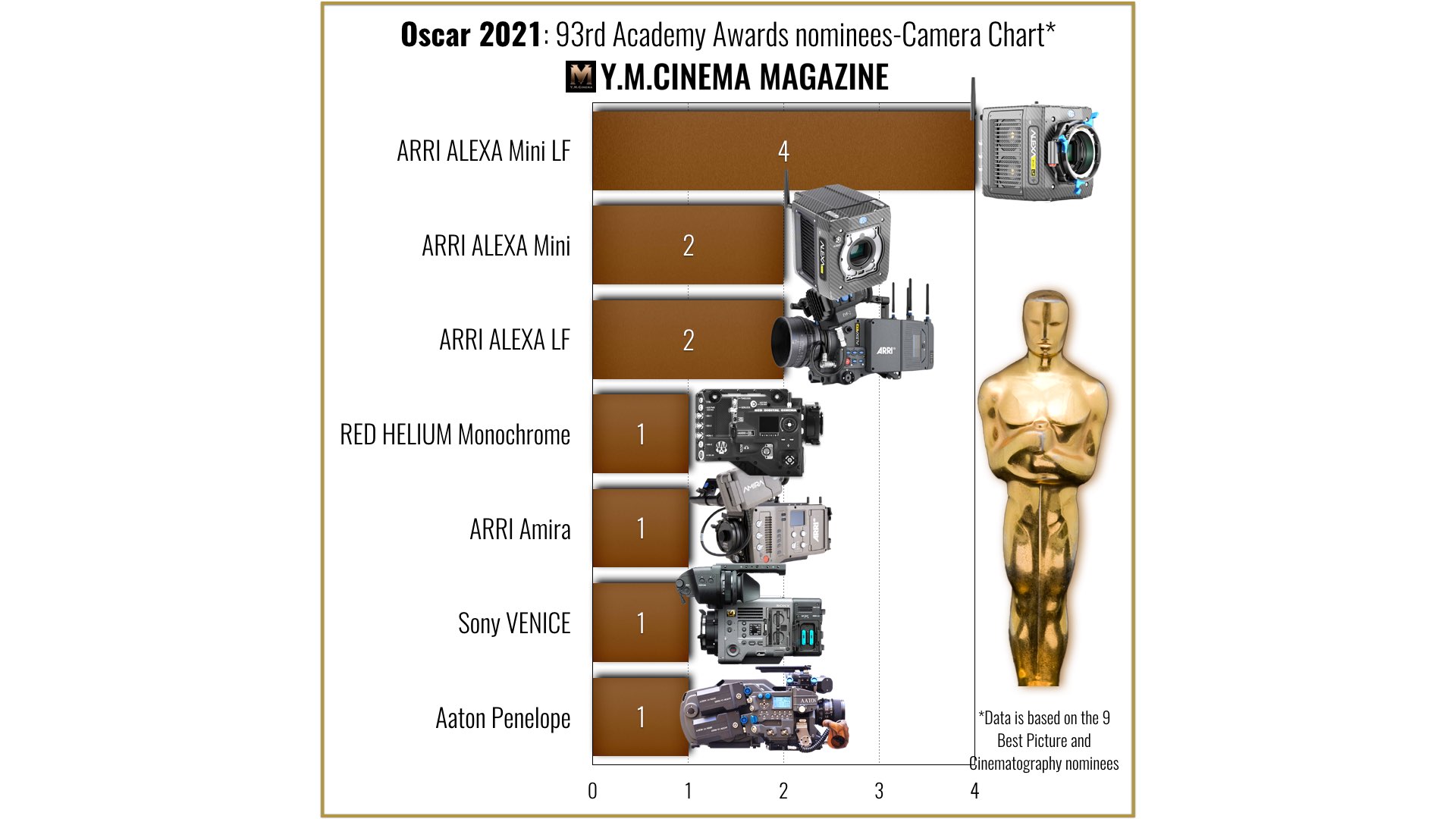
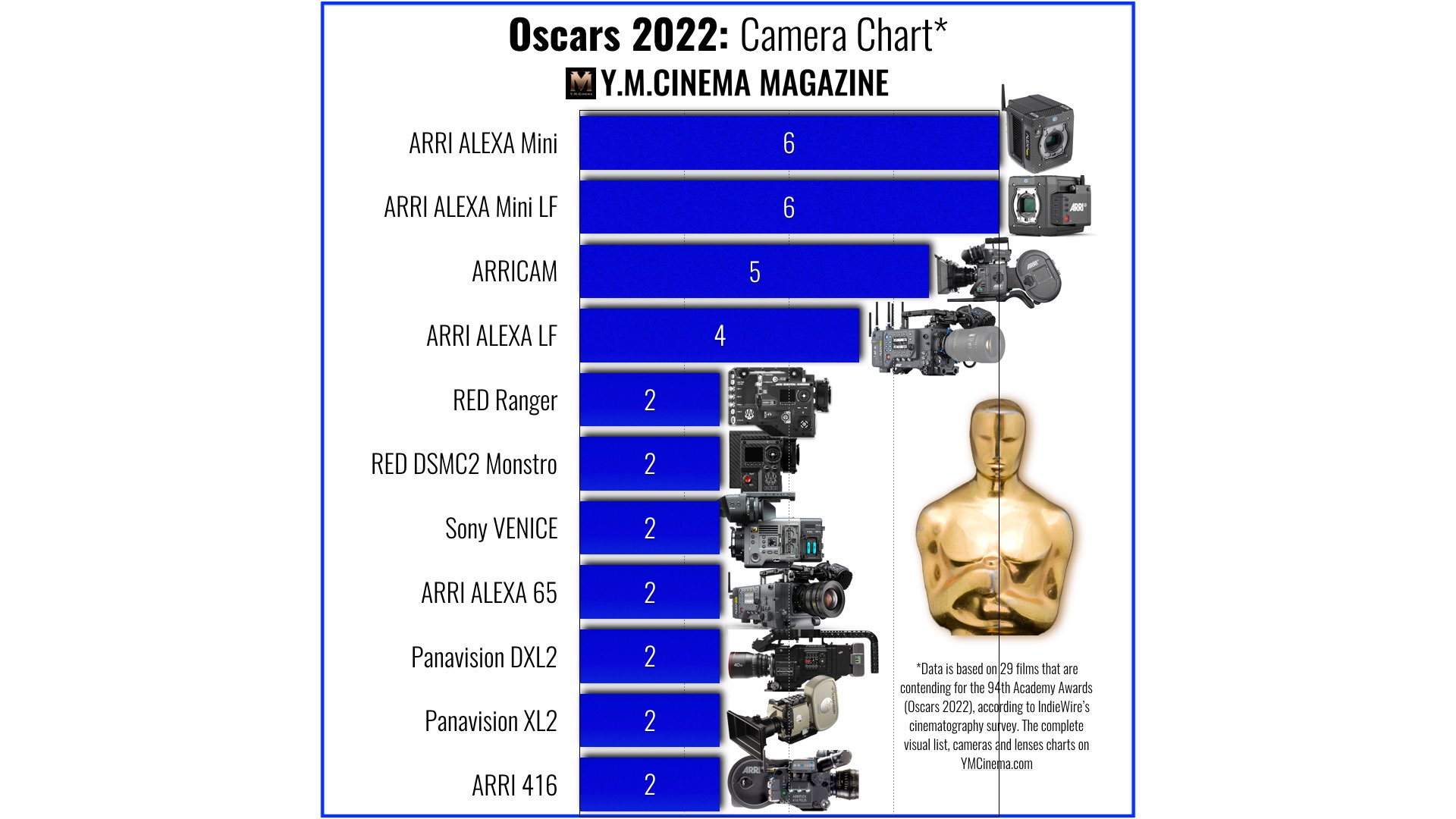
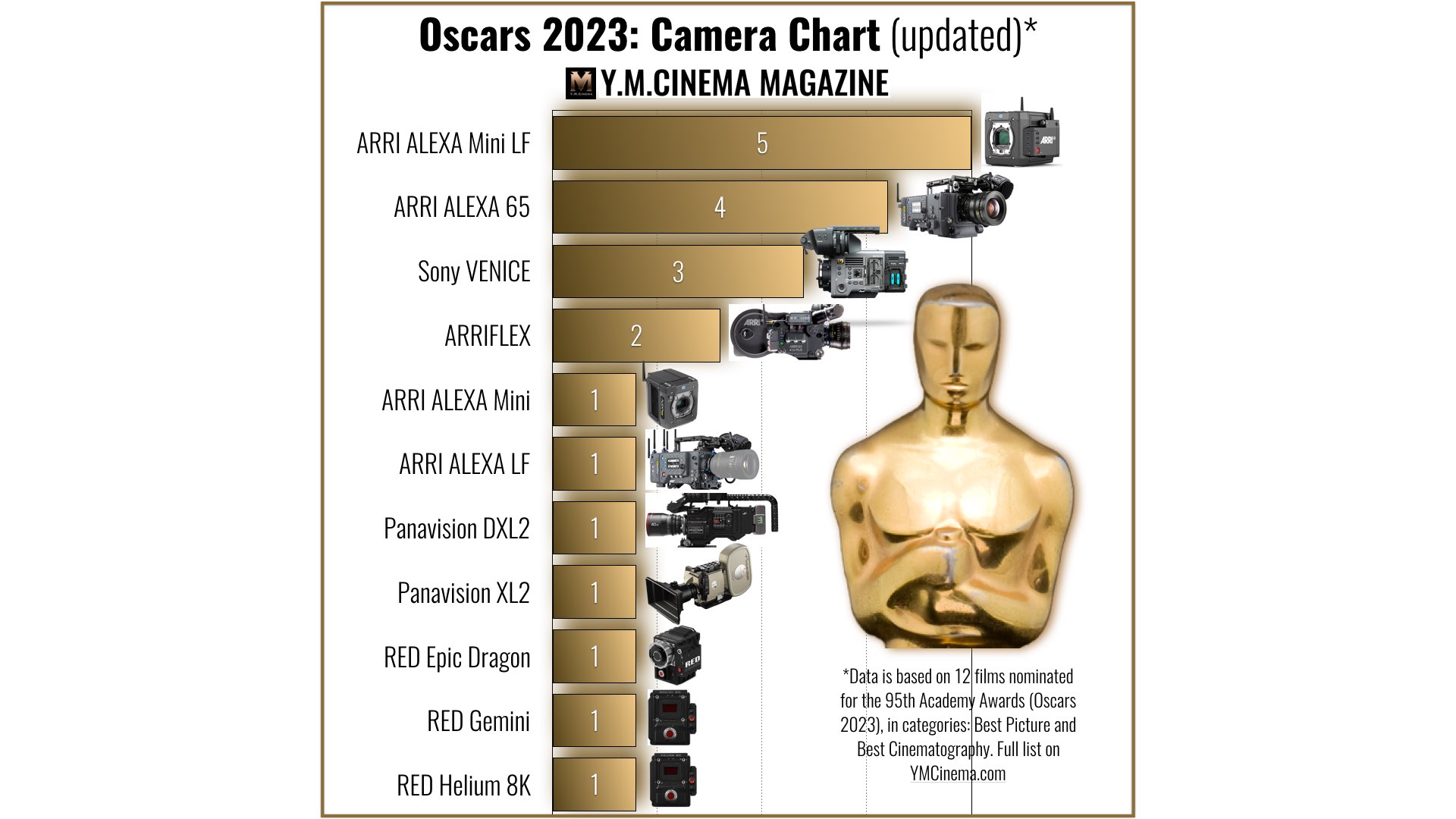
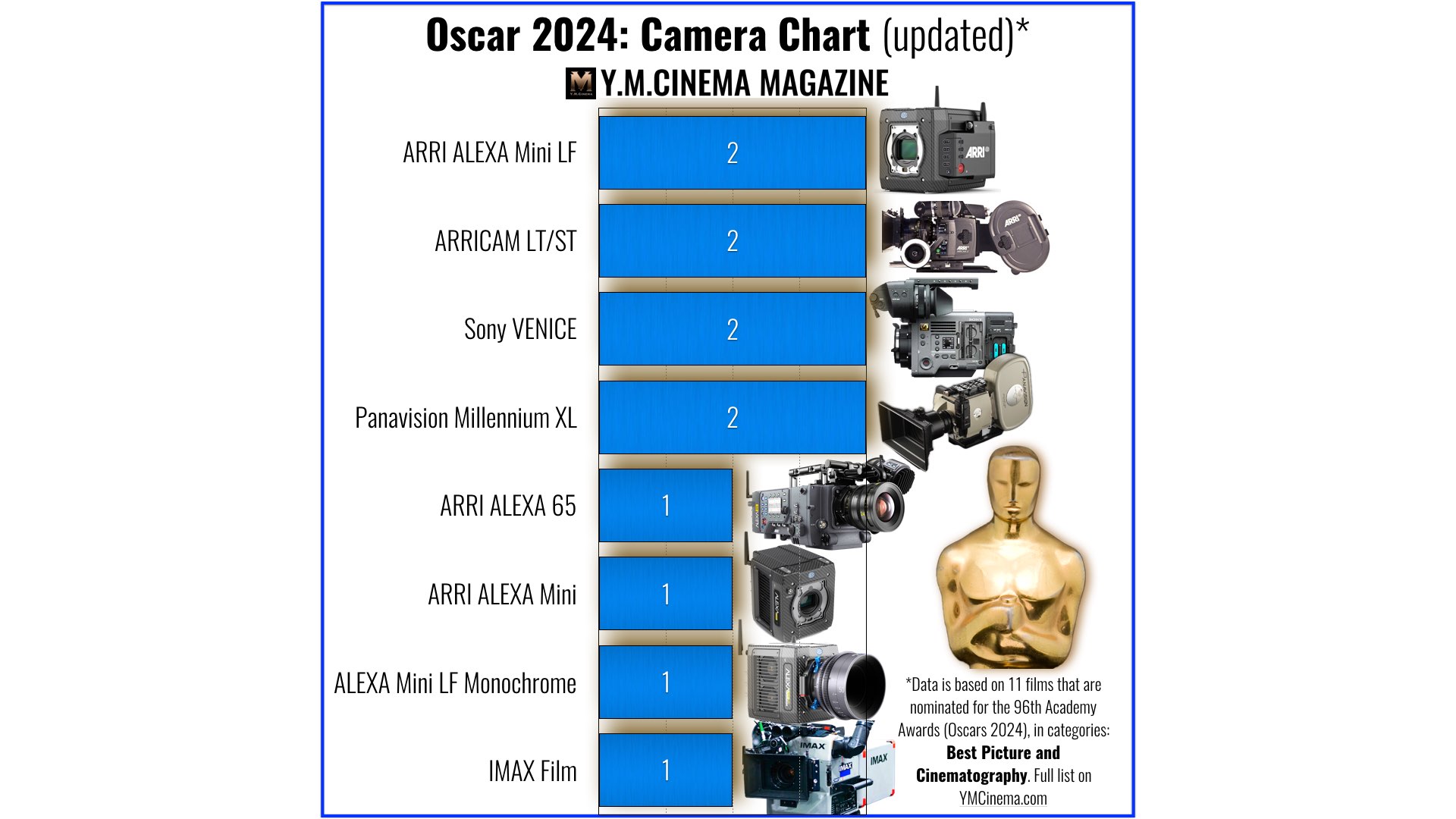
Thanks to Nolan and Hoytema
As explained, the reason that the MSM 9802 is on that list, is because Christopher Nolan shoots his mage budget film on IMAX film cameras. Nolan is the number one promoter of IMAX (not officially), and for that, he receives the largest IMAX screening slate. IMAX CEO has confirmed that the most extended IMAX screening slates are reserved for Nolan’s films. Moreover, Nolans utilizes those film beasts with the help of his cinematic partner, the IMAX cinematographer, Hoyte van Hoytema. Well, now Hoytema has a chance to win the Oscars, as Oppenheimer, shot in 65mm film, is being nominated for Best Picture and Cinematography.
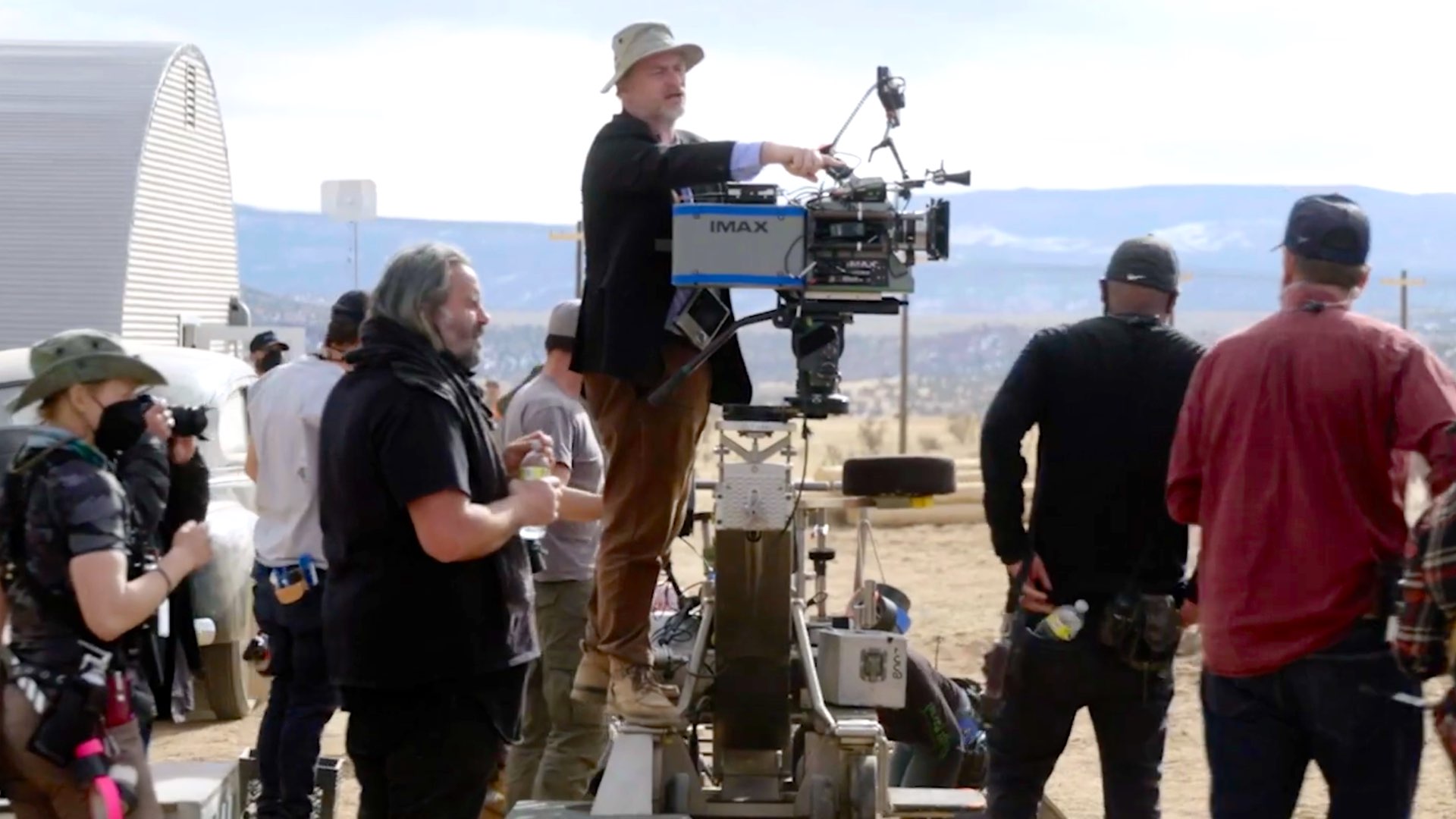
MSM 9802 vs. ALEXA 65
The rising popularity of large-format cinematography has caused many filmmakers to be eager to try the jump/shift from Super 35 to full-frame cinema cameras, and beyond. Among those cameras are the medium format ARRI ALEXA 65 which granted its unique look for one of the best movies in Oscar 2020, Parasite. In that movie, the ARRI 65 was paired with ARRI Rental Prime DNA lenses to ensure the whole sensor was being covered. Nevertheless, as you may know, the ARRI 65 is digital and not a film camera. Its huge sensor makes it the closest you can get to the mighty MSM9802. However, it’s far from being a true 65mm film. Yes, it’s called the ARRI 65, but it shoots ARRIRAW and not a precious gold 65mm celluloid, which outputs the highest picture quality available. ARRI 65 is considered the best digital IMAX-certified camera.
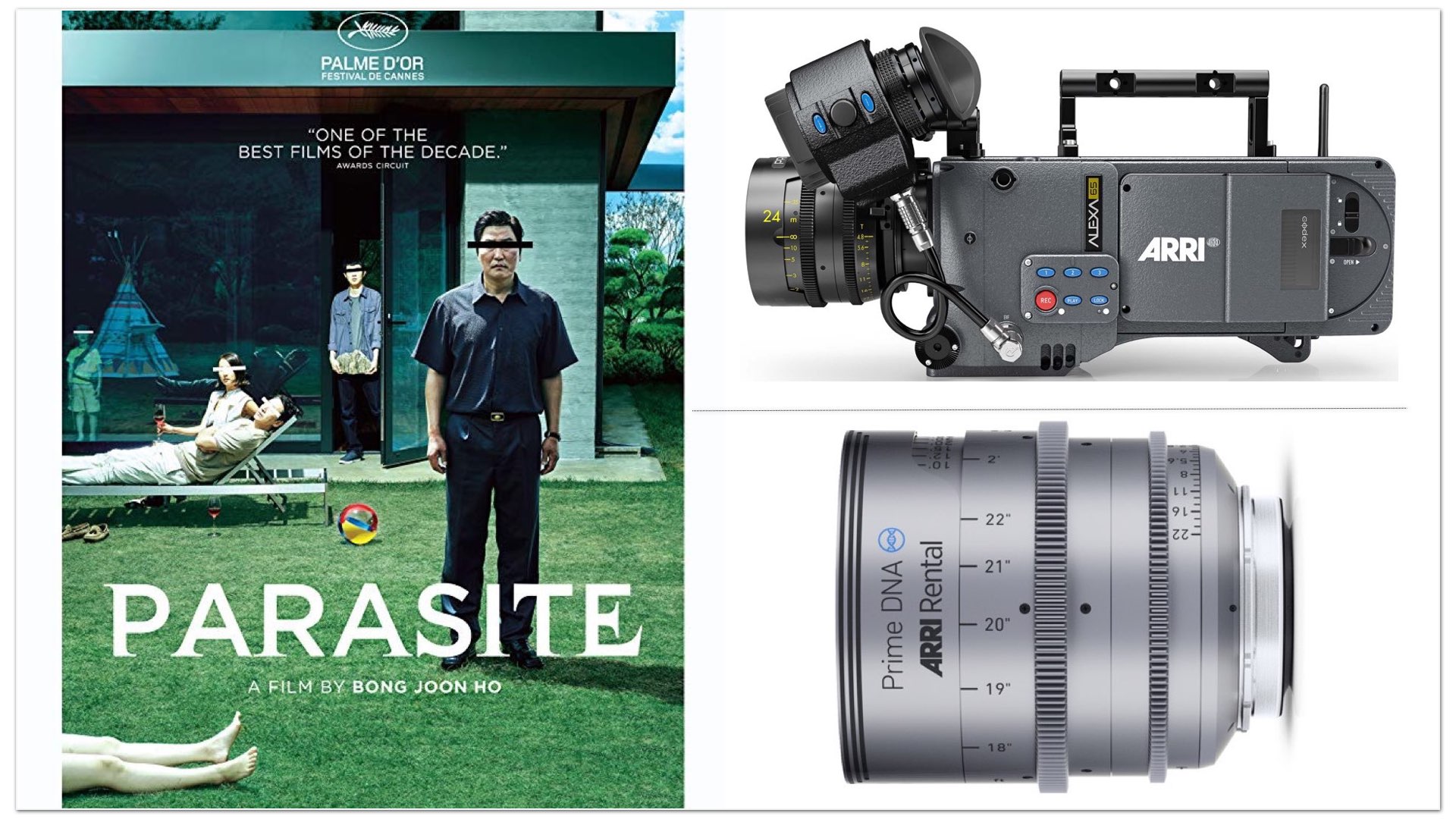
IMAX Certified: Who needs 65mm films?
The main problem of IMAX film cameras, besides their technical limitations, is the reduced number of operational cameras available. To address that, IMAX initiated a program called Filmed for IMAX and certified top-tier cinema cameras in order to enable them to shoot in IMAX theaters. That involved production and post processes to strengthen the imagery so it could hold the huge canvas. For that, IMAX uses an AI algorithm to explode the image, combined with dedicated on-camera devices. Many filmmakers claim that those certified cameras and AI processes can’t get near the quality of a real 65mm IMAX film. IMAX geeks even call them a Lie-MAX. That opened the gate for films that were shot with uncertified cameras, were screened in IMAX theaters, and presented to the public as films that should be watched in IMAX theaters. That would definitely help to sell more popcorn. For instance, explore the chart below which shows the cameras that shot for the huge canvas. Although the chart presents 2021’s films, it has not been changed for the following years. Notice that the only true IMAX film camera is located at the bottom of the chart.
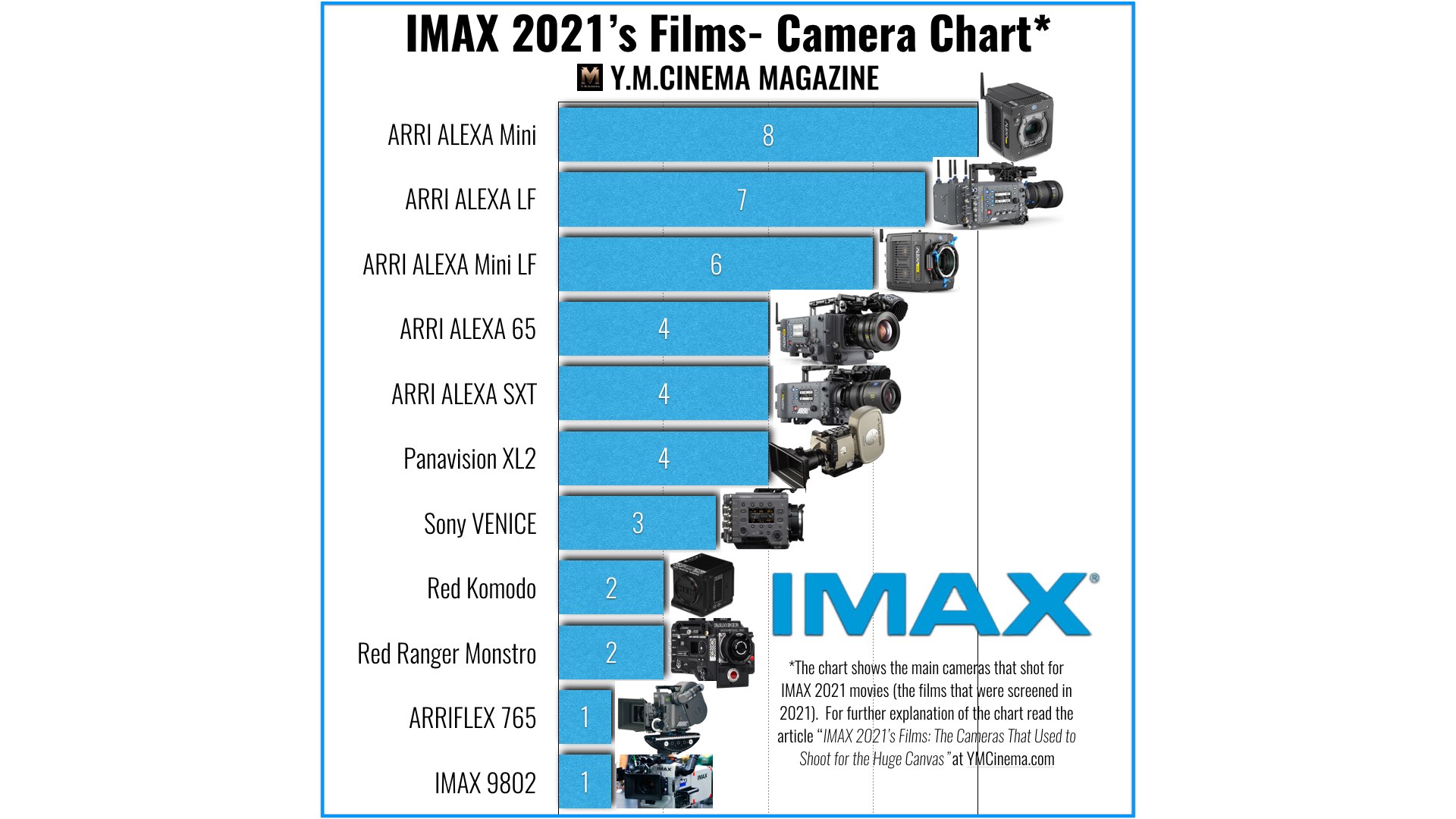
A new fleet of IMAX cameras
Hence, as we speak IMAX is developing four more 2nd generation of IMAX cameras that are supposed to be quieter and more user-friendly, so more filmmakers will use them even for dialogue sequences. Furthermore, the IMAX CEO stated that those cameras will allow better image quality compared to 1st generation. This new fleet of IMAX film cameras should be deployed this year. Unfortunately, there seems to be a delay, since no update has been released for a long time.
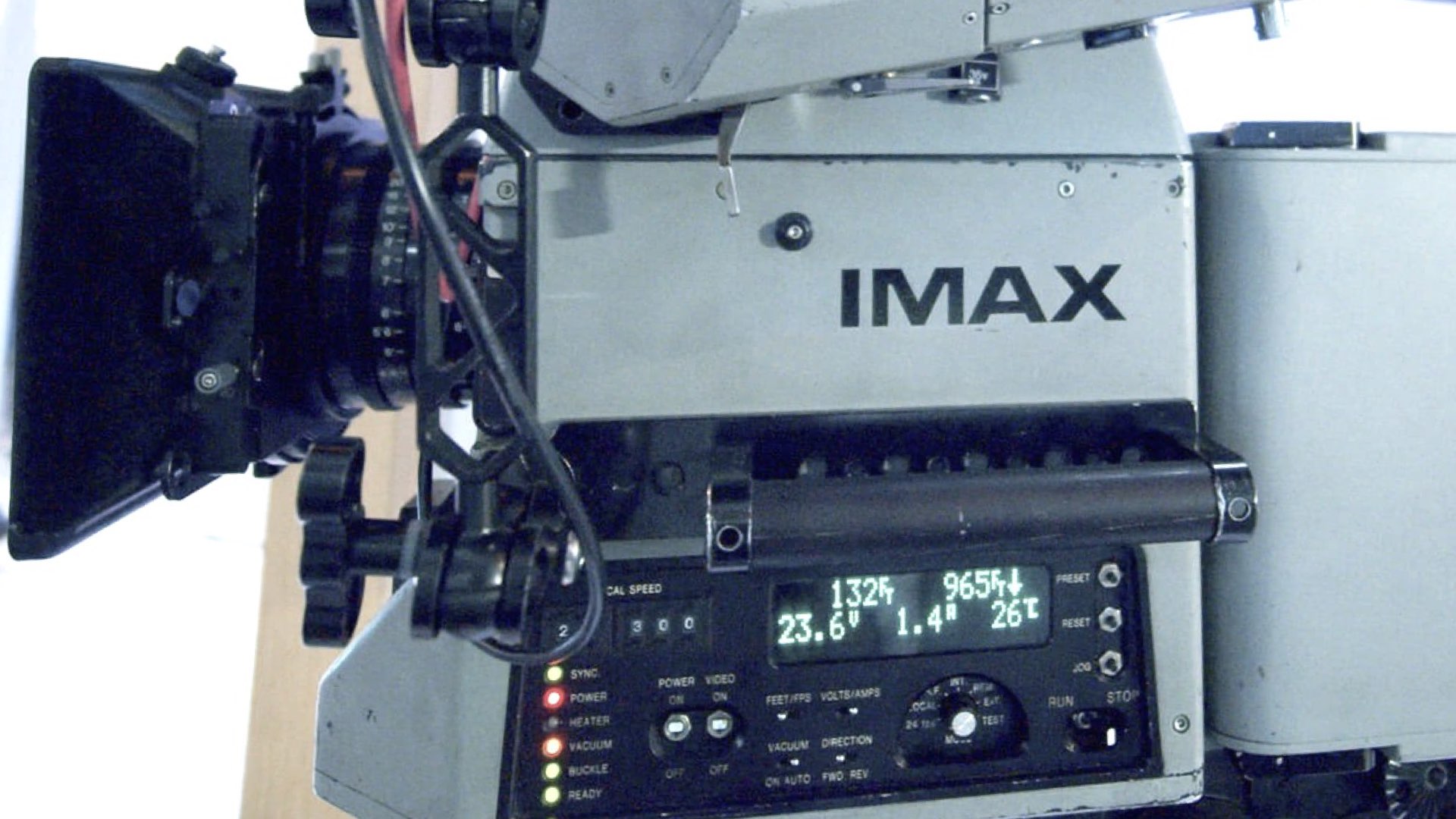
Winning an Oscar would be great for business
We are pretty sure that IMAX CEO, Rich Gelfond, is eagerly waiting for Oppenheimer to take an Oscar. That would constitute a breakthrough for IMAX, as on Oppenheimer everything was circulated around the IMAX cameras, and it seems some scenes were stitched to utilize this great format to match the story, including portraits and macro shots. Thus, Oppenheimer winning an Oscar would be a great deal for IMAX filmmaking.

